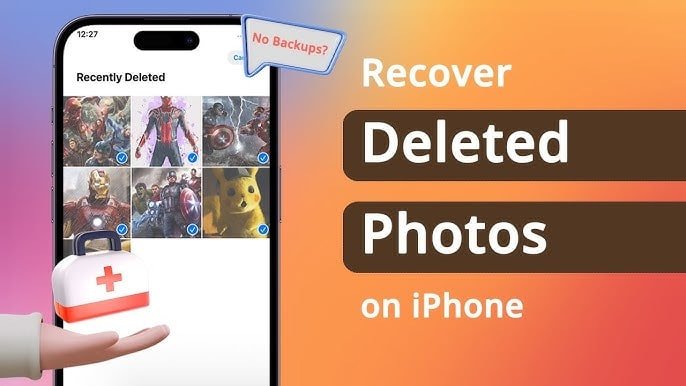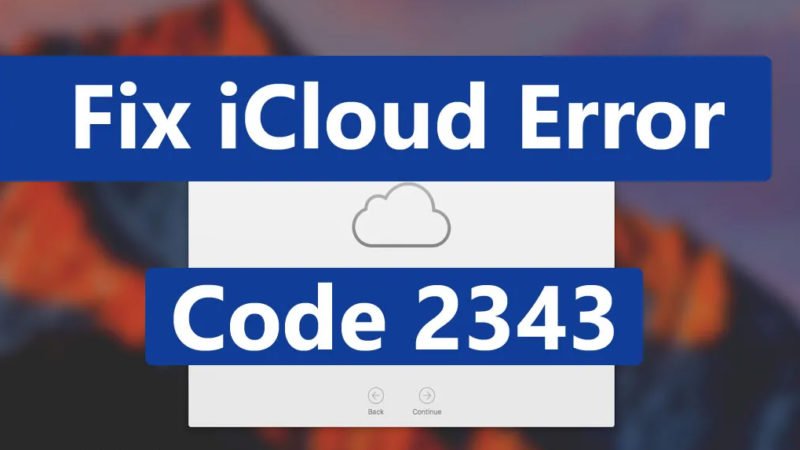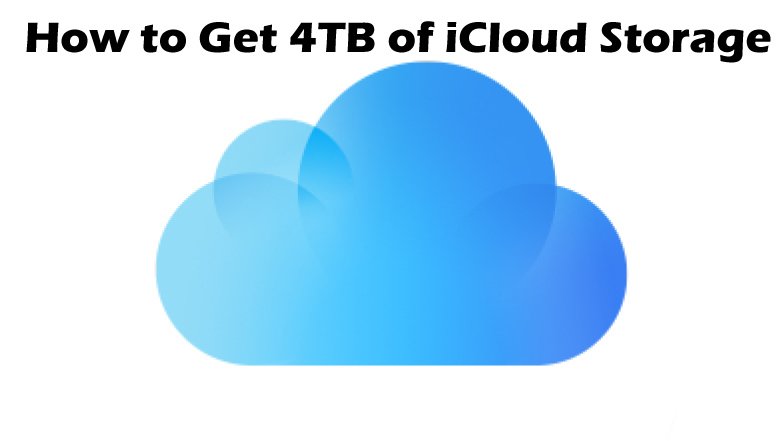How to Fix iOS 17 Audio Message Transcription Not Working on iPhone

iOS 17 Audio Message Transcription Not Working on iPhone? iOS 17 introduced a lot of great new features, but as someone who loves using iMessage, there’s one particular feature I love: audio message transcription. Transcribing audio messages works more or less the same as the live voicemail feature on the iPhone.
Read: iOS 17 Contact Poster Not Working on iPhone? How to Fix
I have some friends who prefer to send voice messages instead of typing, which can be a bit tiresome, especially when I’m busy with work and don’t want to pick up my phone to listen to those messages. This is where the audio message transcription feature comes in handy. It provides a text version of the voice message, making it easier to understand.
However, during my testing, I noticed that this feature did not always work perfectly. If you have updated your iPhone to iOS 17 and are facing the issue of voicemail transcription not working, don’t worry.
In this guide, I will cover everything you need to know about this problem and provide you with solutions to permanently fix the issue of iOS 17 audio message transcription not working on your iPhone. So, without any further ado, let’s dive into it, shall we?
Fix iOS 17 Audio Message Transcription Not Working on iPhone
If you are wondering why you are facing the issue of iOS 17 audio message transcription not working on your iPhone, then it is important to understand that there can be many reasons behind it and there is no universal solution.
First of all, you may face this issue while sending messages to other iPhone users who have not updated their devices to iOS 17. Secondly, sometimes it may take a minute or two to transcribe the audio message. And much more to complete the transcription process.
If you used to see audio message transcripts, but they no longer appear or do not work as expected, the problem may be related to your Internet connection or incorrect iOS settings on your device.
Whatever the specific cause of the problem with transcribing your iOS 17 audio messages on your iPhone, don’t worry. This guide will explore all the possible solutions to help you resolve voicemail transcription issues on your device. Now that I have clarified this, let’s move on to the solution.
1. Update your iPhone to iOS 17
Unlike many other iOS features, Audio Transcription doesn’t come with its own on/off switch or settings to change. This is something that is automatically enabled for iPhones.
However, there is one essential requirement for this feature to work: both the person sending the audio message and the person receiving it must have updated their iPhone to iOS 17. As long as both parties are using the latest version of iOS, the transcription function will work. Work seamlessly into iMessage conversations.
So if you’ve updated your iPhone to iOS 17, but your friend hasn’t, the audio messages they sent you won’t be transcribed, and vice versa. However, when you send a voice message to someone with iOS 17, you can see the transcription of your message.
I understand it may seem a little confusing, but the rule is simple: Update your iPhone to iOS 17 to take advantage of this feature.
- On your iPhone, open the Settings app from the App Library.
- Once the Settings app opens, tap and open General Settings.
- From there, tap Software Update, located just below Settings.
- Now just tap on Download and Install.
2. Set Audio Messages To Never End
I’m not sure why this issue occurs, but sometimes audio messages I receive in iMessage are not transcribed immediately. Sometimes this takes a minute or more. Although this doesn’t happen often, it can be a little frustrating.
Now you might be thinking, “What’s the harm in waiting a little longer? » Well, the thing is: By default, audio messages received on your iPhone expire in just two minutes.
So while you’re waiting for the transcript to load, it’s possible that the voicemail may end automatically. To avoid this, it’s a good idea to set your audio messages to never end. This way, you can wait patiently for the transcription to appear without worrying about losing the voicemail message.
- Open the Settings app on your iPhone from App Library or Spotlight search.
- Once the Settings app opens, scroll down and open Message settings.
- From there, scroll down again and tap Expires in the Audio Messages section.
- Now just tap on Never.
3. Force Messages to Close and Reopen
If you have already updated your device to iOS 17 and set your audio messages to never expire, but you are still facing the issue of audio message transcription not working on your iPhone. If so, you can follow a simple step to solve it. ,
Force closing the Messages app and then opening it again could be a possible solution to resolve the issue. By force closing an app, you can eliminate any potential bugs or issues that may prevent the audio transcription feature from working.
- Close the app you’re currently using by swiping up from the bottom of your screen.
- Once you’re on the home screen, swipe up from the bottom of your screen to open the app switcher and position it in the center of the screen.
- Now from here find the Messages app and swipe up to force close it.
Conclusion
These are the three methods you should try to fix iOS 17 audio message transcription not working on iPhone.
Audio message transcription is a new feature of iMessage, introduced with iOS 17. Apple regularly releases updates and patches to fix any issues, so it’s a good practice to regularly check for updates on your iPhone to ensure the best experience.
I hope this guide helps you fix the iOS 17 voicemail transcription issue on your iPhone. If you found this useful, please consider sharing it with friends and family who might find it useful.
If none of these methods work for you, do not hesitate to contact Apple Support for assistance. That said, it’s time for me to say goodbye! Stay tuned for more such guides from us. Thanks for choosing TechYorker, and until next time, stay techy!






